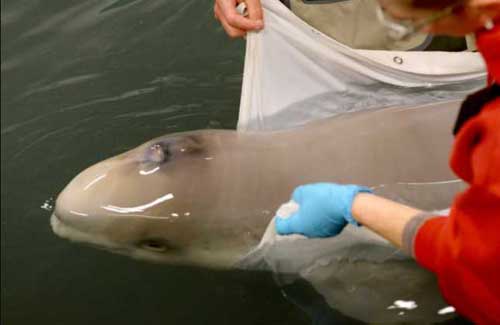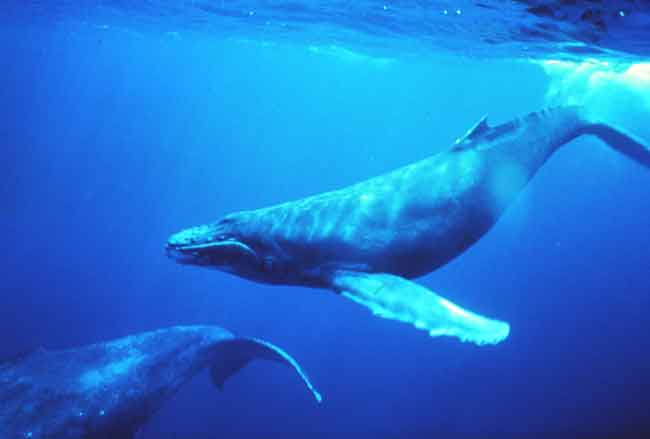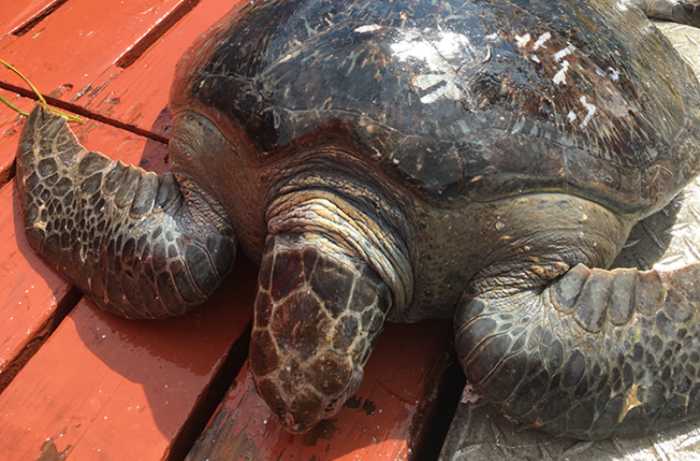
The National Science Foundation (NSF) has made a $5.6 million, five-year grant to establish a Long-Term Ecological Research (LTER) site along the northern Alaskan coast that will focus on the interactions between land and ocean that shape coastal ecosystems in the Arctic over different time scales.
Researchers at the Beaufort Sea Lagoons LTER site will study food webs, which support large-scale coastal fisheries and more than 150 species of migratory birds and waterfowl. Long-term changes along the northern Alaska coast have already affected the types of fish and other creatures that live in the lagoons, and are expected to continue to do so. The LTER research team will collaborate with members of local communities, including the Iñupiat, and with the U.S. Fish and Wildlife Service, which manages the Arctic National Wildlife Refuge.
“This LTER project includes the study of processes such as shoreline erosion, watershed runoff and sea-ice dynamics that are central to coastal ecosystem function across the Arctic,” said William Ambrose, director of the Arctic Observing Network program in NSF’s Office of Polar Programs. “An important aspect of this LTER is the collaboration between scientists and the Iñupiat residents of the Beaufort Sea coast, which will greatly deepen our comprehensive understanding of these ecosystems.”
Kenneth Dunton, a researcher at the University of Texas at Austin’s Marine Science Institute, is the principal investigator for the project, titled Beaufort Sea Lagoons: An Arctic Coastal Ecosystem in Transition. The LTER site is the first in the Arctic to focus on a coastal marine ecosystem.
“The coastal zone of the Arctic is under-studied, yet we know from our previous work that the high productivity of lagoons along Alaska’s northern coastline is related to the dynamic exchanges that occur between the land and ocean,” Dunton said. “These exchanges are influenced by factors that change over a wide range of time scales, and the LTER program provides us with a unique opportunity to link physical events with ecological responses over seasonal to multi-decadal periods.”
The LTER project will include seasonal field work during ice-covered, ice break-up and open-water periods. Researchers will deploy sensors to make continuous measurements of key biogeochemical and other aspects of the water system. In addition, they will track how natural climate cycles influence coastal ecosystems in the Arctic and how thawing permafrost, changes in precipitation, changes in sea ice coverage and other effects of Arctic climate change alter those ecosystems.[xyz-ihs snippet=”adsense-body-ad”]”We are particularly excited to examine the processes that occur under the ice and during ice break-up, which we believe regulate food web pathways and species diversity,” Dunton said.
The LTER research will help to create a framework for predicting future changes to the coastal ecosystem that effect Iñupiat communities, which rely on lagoon and coastal fisheries for subsistence hunting and fishing. The scientists will also create research opportunities for young members of Utqiagvik (formerly Barrow) and Kaktovik, two of the nation’s three largest Iñupiat communities.
UT Austin scientists, in collaboration with researchers at the University of Alaska Fairbanks, Oregon State University, the University of Texas at El Paso, the University of Massachusetts at Amherst and the University of Toronto Mississauga, will lead the research. The research will be based in the Alaskan towns of Utqiagvik, Prudhoe Bay and Kaktovik. Researchers will focus on Elson Lagoon along the western Beaufort Sea; Simpson Lagoon and Stefansson Sound, adjacent to the central Beaufort Sea; and the Kaktovik and Jago lagoons in the eastern Beaufort Sea.
With this latest addition, NSF supports a network of 28 LTER sites across a diverse range of ecosystems, including the open ocean, coral reefs, deserts and grasslands. The network supports several polar sites, including the Arctic LTER site in the foothills of Alaska’s North Slope and the Bonanza Creek LTER site, located in the boreal forests of Alaska’s interior. The Palmer and McMurdo Dry valleys LTER sites are in Antarctica.
Source: NSF [xyz-ihs snippet=”Adsense-responsive”]








